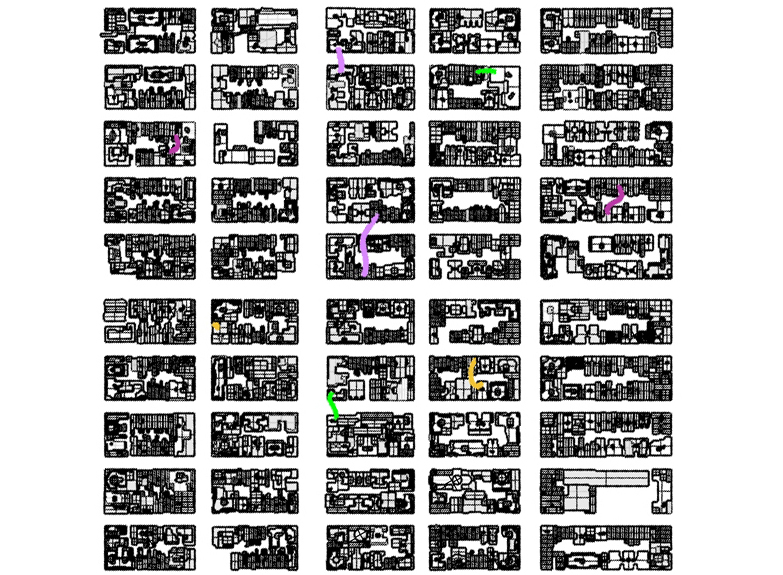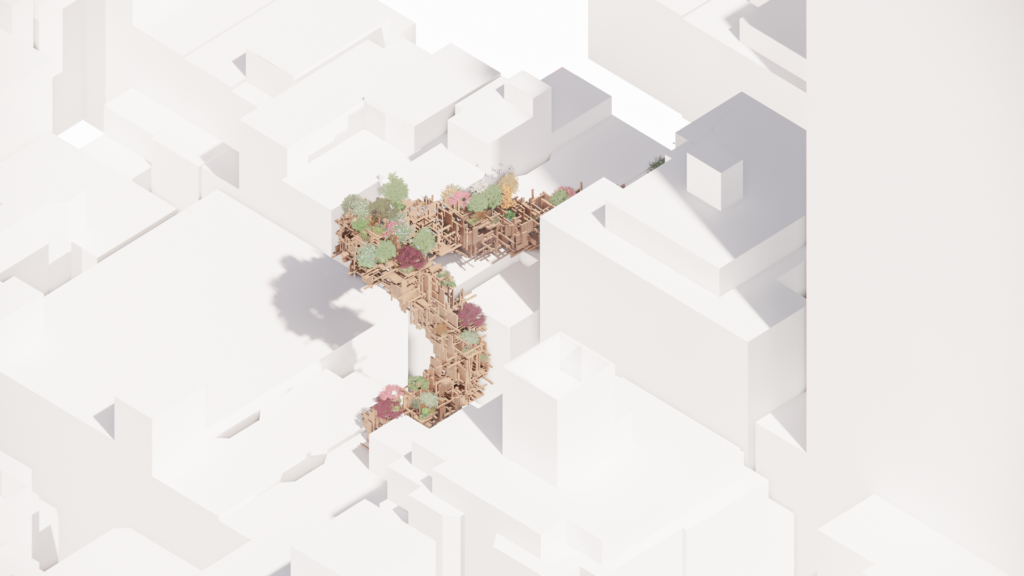Embarking on a project set within the bustling cityscape of New York, we aimed to unveil latent development potentials in urban spaces. Bulk, or the capacity for expansion or extension of a structure within the constraints of zoning laws and local regulations, harbors unexplored opportunities. Often, significant development potential lies hidden within existing building envelopes, and unearthing this potential traditionally poses a slow, laborious task. Our goal was to employ generative algorithms to swiftly disclose these hidden spatial prospects.


Several crucial planning controls shape the newly buildable volume, such as allowable height, coverage density, and floor area ratios. After these controls were processed, a Grasshopper algorithm was developed that generated several thousand samples, forming the basis of our training set. The additional buildable volume was not only determined but also found to be transferable to adjacent sites, as depicted in the top two diagrams. Our algorithm also incorporated the need for light penetration down to street level, as demonstrated in the bottom three diagrams.

So, what do we propose to do with the additional volume? Our vision encapsulates urban wildlife terrariums taking form as bridges across the city skyline. We drew inspiration from innovative sci-fi imagery, and envisioned urban jungles further fuelling our inspiration.
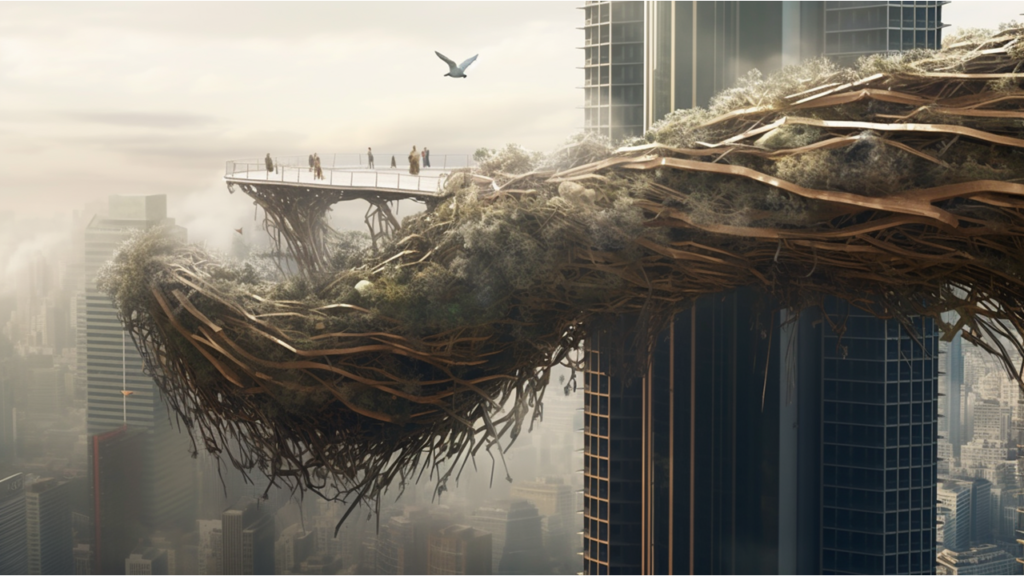
The first phase involved utilizing the New York City building code to delineate the permissible bulk for each zoning area. Using building roof heights, the actual available space for bulk on each block was computed that remained unexplored. The department of New York City was analyzed and the upper side area chosen for further development.


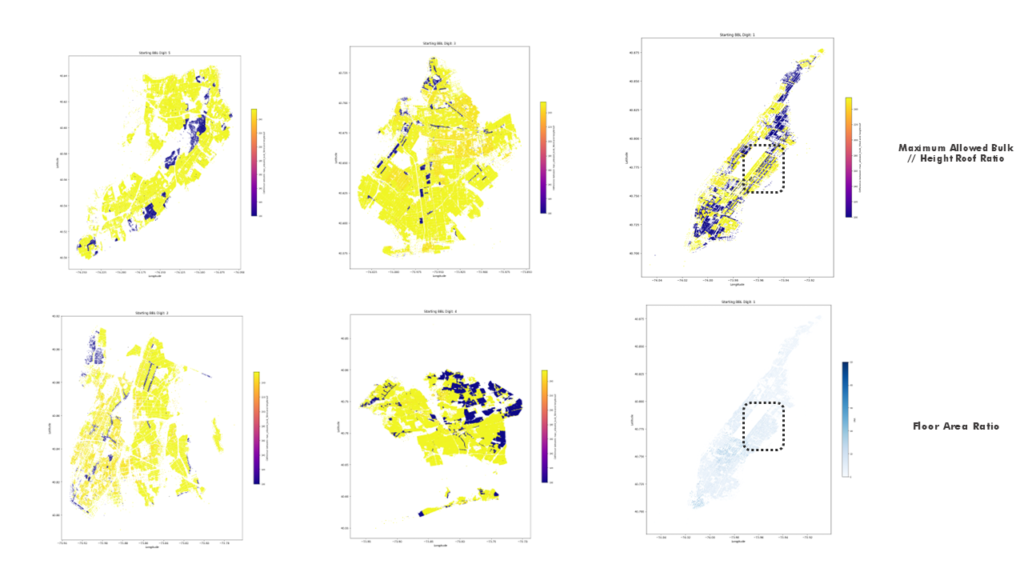

Our initial generative algorithm was relatively simple, aiming to link two building blocks using a series of planes, with complexity added in later stages. This led to the creation of our dataset for the domain envelope. The primary limitations applied to our script included width to length and height ratios, adaptable orientations, and a policy to never touch, preserving the in-between atrium space. The interconnections have adaptable arches heights to avoid geometry intersection related to distance and height difference while our volume generation follows all the proper NYC building code restrictions regarding skyline view and natural light.

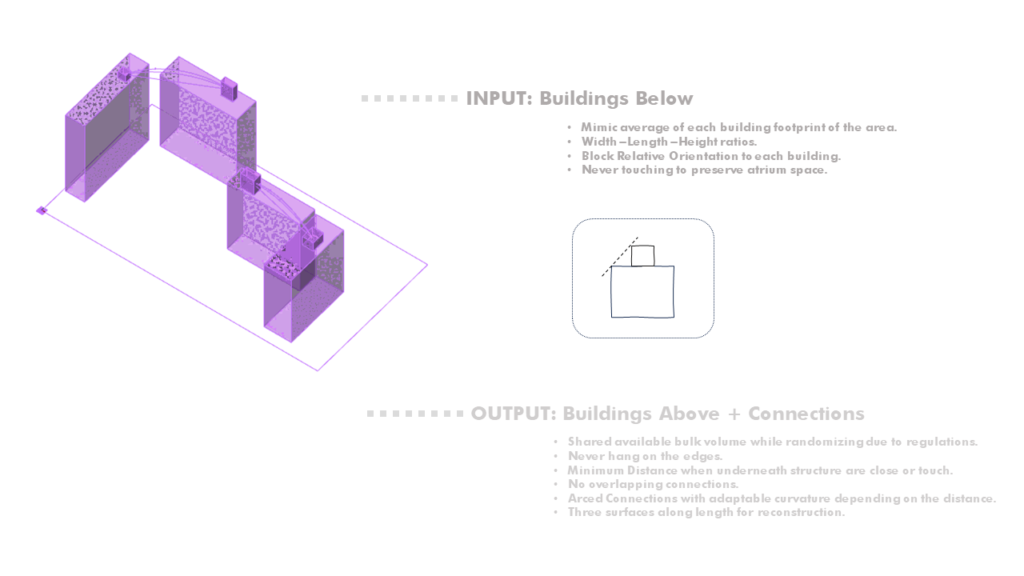
Once the training commenced, our goal was to maintain a balance between the generator and the discriminator, ensuring neither dominated the other. Indicators of imbalance were monitored closely, and progress was tracked. It became evident that some results were breaking, most commonly for our input surfaces. To rectify this, we aimed to filter out those segments and maintain the small ones that resembled connections.

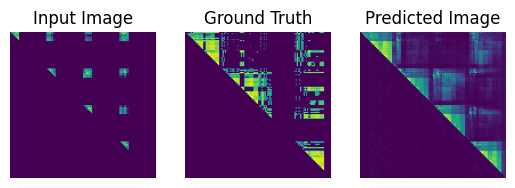

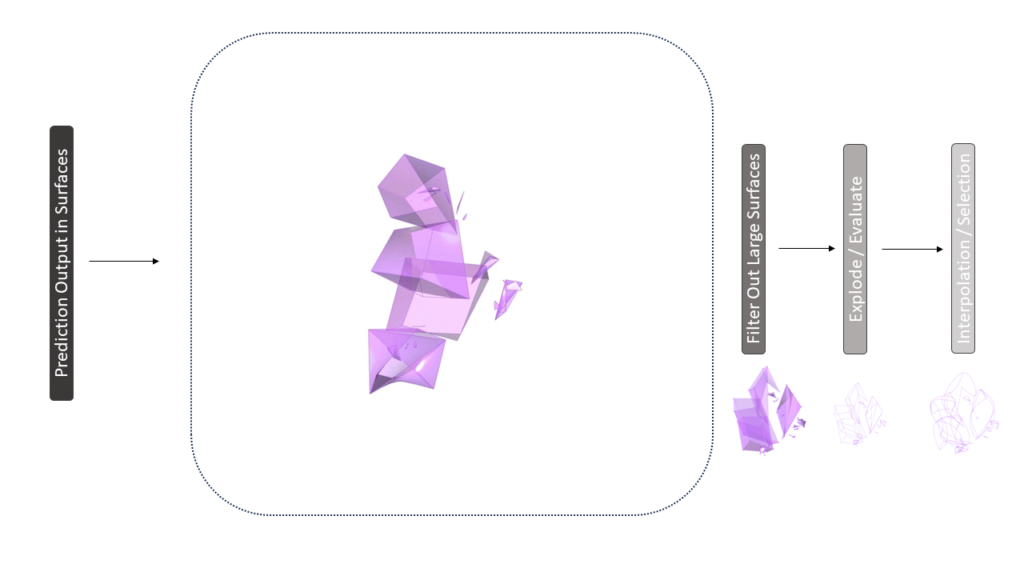
These connections were then exploded and a simplification line interpolated to approach our domain of aggregation. From the simplification line, we fluctuated this domain and initiated aggregation. The final renderings of our project highlight its placement within the cityscape, showing a successful integration of urban wildlife terrariums across the skyline of New York.
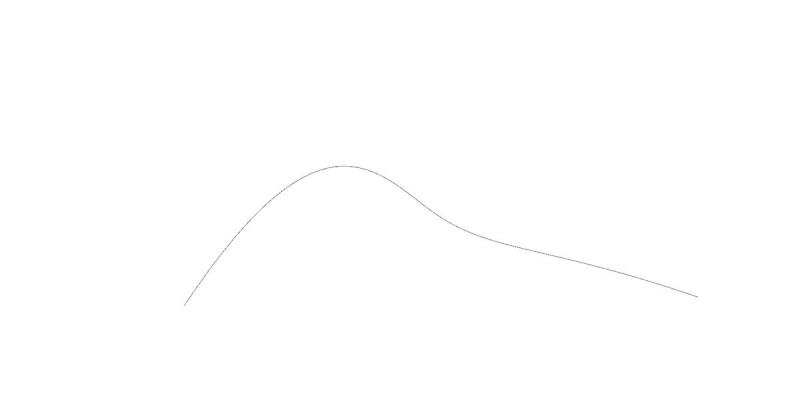
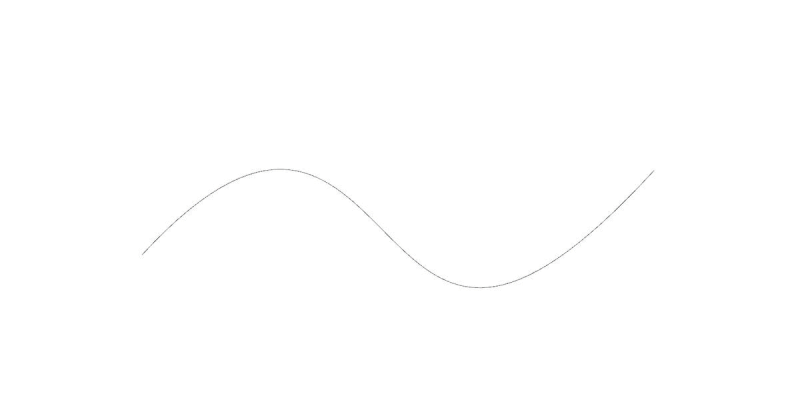
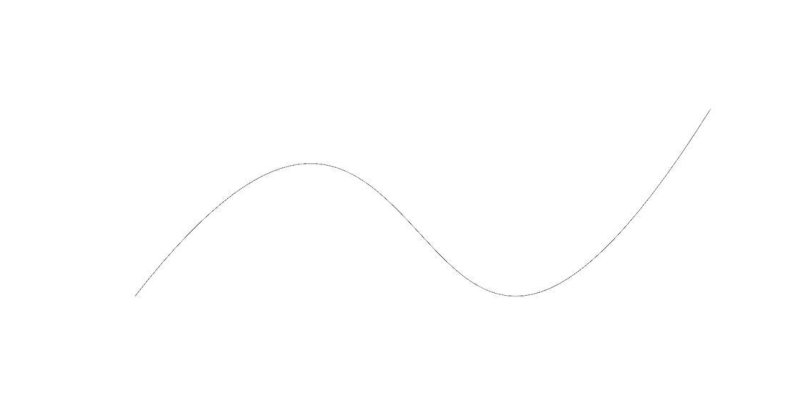

To conclude, this exploration has revealed that unexplored spatial potential within cities can be rapidly unlocked using generative algorithms. We believe that this approach can open up new perspectives in urban planning and development for all urban fauna and flora on unseen spaces.
